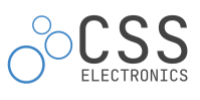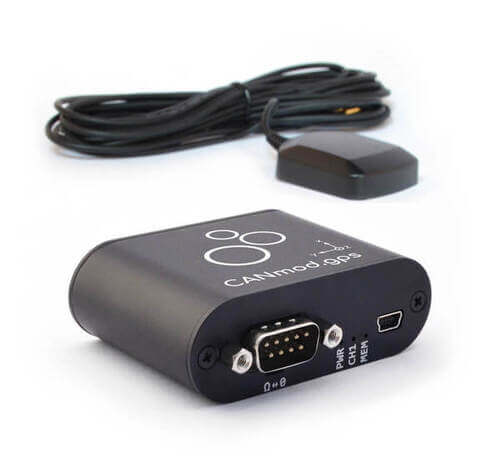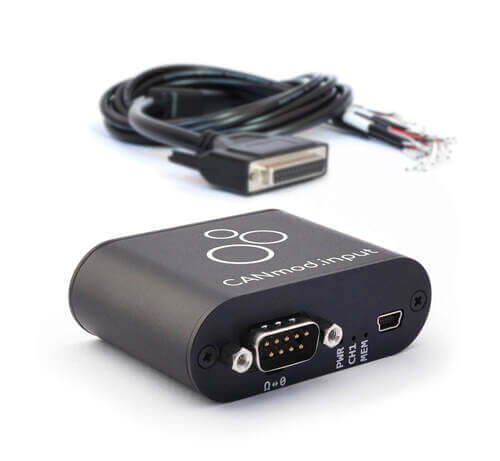
Thermocouple-to-USB: Streaming Temperature Data in Real-Time
Case Studies / CSS Electronics

CSS Electronics
CSS Electronics is a developer of CAN bus hardware incl. CAN/LIN data loggers and sensor-to-CAN modules [Note: This is an 'in-house' case study].
What problem did you solve?
In a firmware update for our CANmod series, we added support for streaming sensor data in real-time via USB. The update enables e.g. the CANmod.gps to stream GNSS/IMU data and the CANmod.input to stream analog/digital/pulse data from input sensors.
Further, the update also allows the CANmod.temp to stream data from thermocouple probes via USB (4 probe channels, 5 Hz, 0.01 degC resolution). This in turn allowed us to do a small test on an old 'hobby' PCB prototype oven. Specifically, my hypothesis was that the temperature curves claimed by the oven and it's built-in display were way off - which had in the past resulted in some challenges.
How did you solve it?
To determine if the oven's temperature curves were incorrect, I connected two K-type thermocouple probes to a CANmod.temp and inserted these inside the PCB oven on two points of the surface. Next, he connected the CANmod.temp to his laptop via USB and started up SavvyCAN, which is a 100% free open source tool for streaming CAN data. We provide a SavvyCAN plugin for USB integration of our CLX000 and CANmod series. With this, the CANmod is immediately recognized by the tool and the streamed data is readily available as raw CAN frame traces on the screen.
Next, I loaded the CANmod.temp DBC file within SavvyCAN, enabling the interpretation of the temperature signals in real-time. Finally, he set up two signal plots in SavvyCAN for the two probe temperatures to display the development over-time.
By comparing the development of the temperature signals vs. the oven's real-time display, it quickly became clear that the oven would be over-stating the real temperature by more than 100 degC (40%). In addition, the oven specs claim to provide equal temperatures across the entire surface, yet discrepancies up to 10% were periodically observed between the probes.
What benefit has this led to?
By comparing the oven's "claimed" temperature curves vs. those of the CANmod.temp, I was able to construct 'custom' temperature curves for the oven, effectively compensating the calculated temperature errors. As a result, the hobby oven actually became reasonably useful as a backup for lower-priority prototyping projects.
Overall, the test serves as a useful showcase of how powerful the temperature-to-USB streaming functionality can be in practice. While the core functionality of the CANmod series remains to enable integration of sensor data with CAN bus networks (incl. optionally CAN data acquisiton tools like the CANedge), it is often useful to simply be able to stream the data via USB. This can be used both for testing the CANmod prior to a field deployment - or as part of e.g. dyno/lab test & measurement, EGT analyses etc.
— Christian Steiniche , co-owner at CSS Electronics
Ready to stream your temperature data?
Get your CANmod today!


